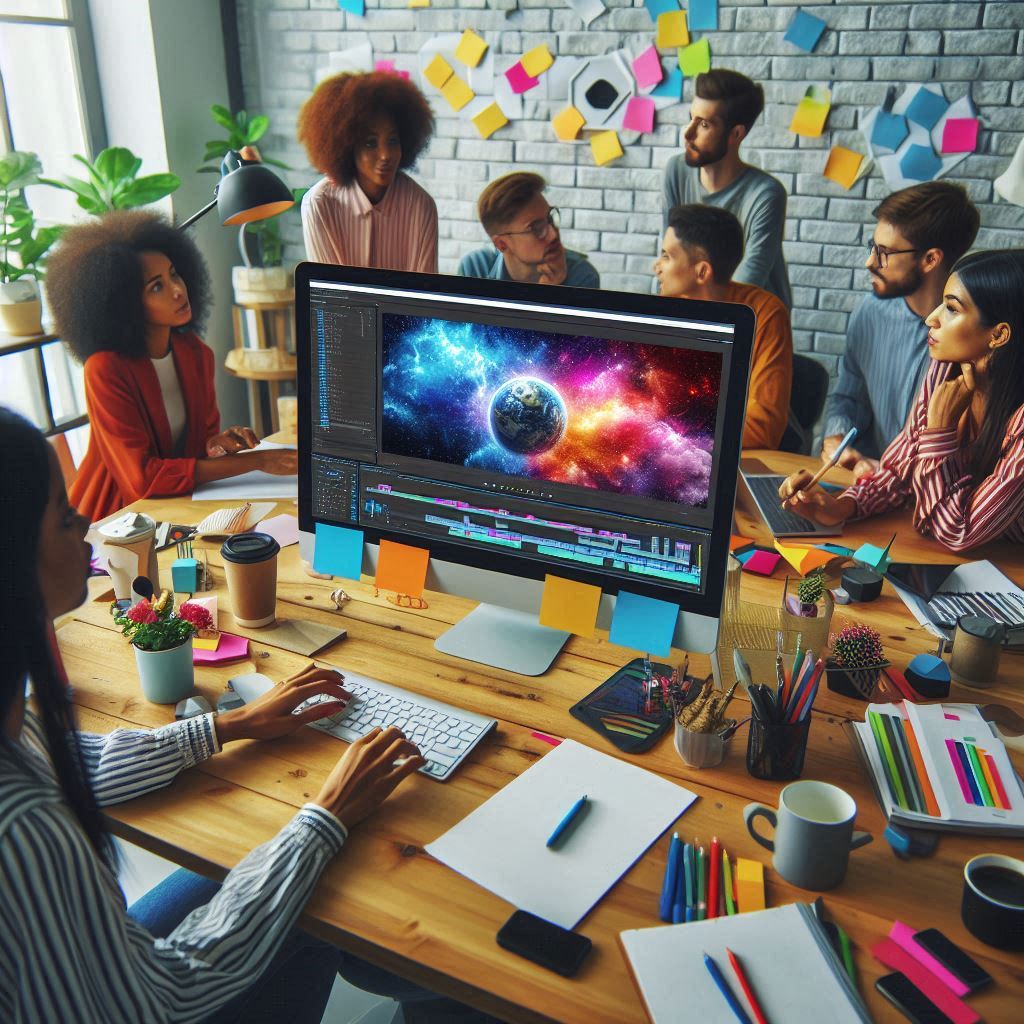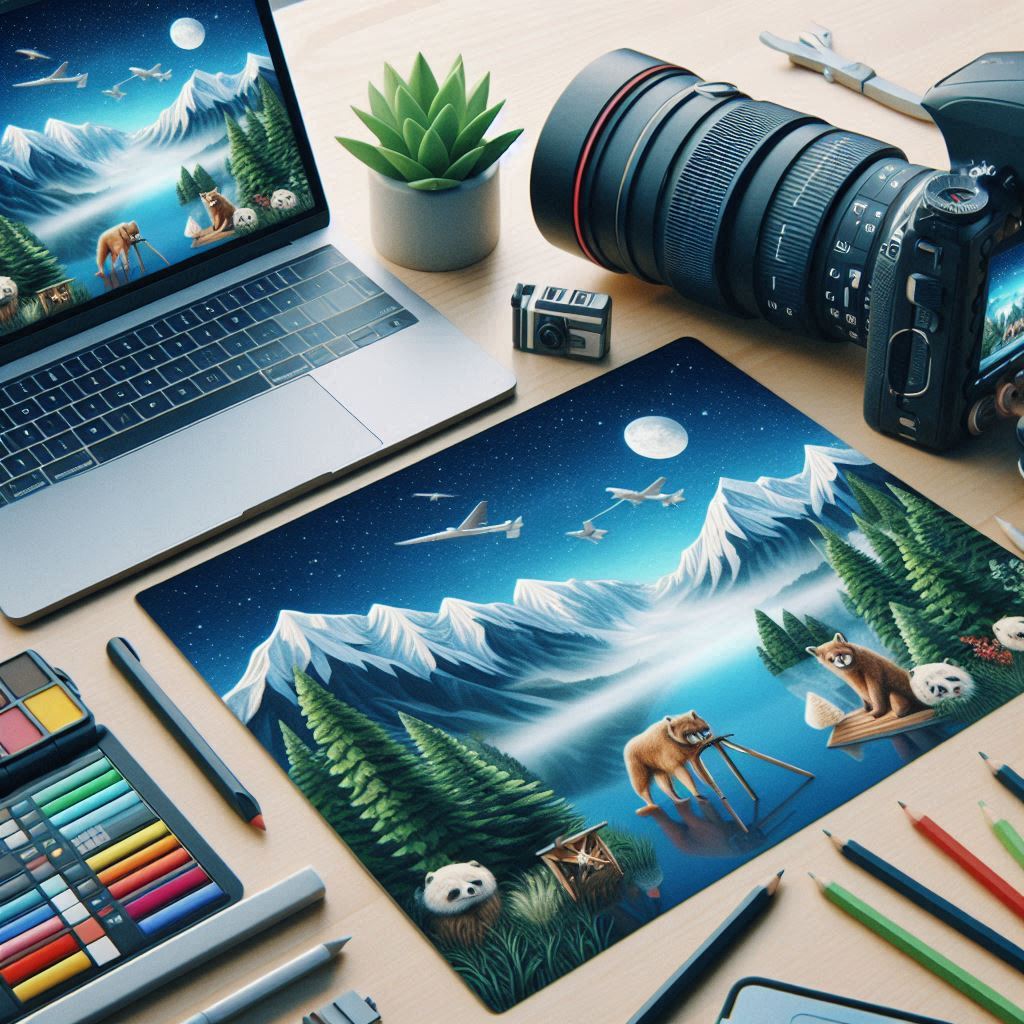Advanced video editing‘s terrain has changed drastically as new tools and approaches burst out dizzily. Whether your job is professional editing, content creation, or filmmaking, learning these advanced skills can improve it from excellent to outstanding. Let’s explore some innovative techniques meant to revolutionize your editing performance.
1. Workflow-Optimising AI
Artificial intelligence integration into video editing has drastically changed the post-production scene and ushered in an age of unheard-of capabilities and efficiency. Modern editing systems have developed to include advanced AI-powered tools to simplify otherwise time-consuming operations.
Based on elements like focus, exposure, and even performance quality, these sophisticated algorithms can now automatically examine hours of video within minutes to find the best-quality recordings.
The capacity of artificial intelligence to create rough cuts has advanced somewhat; it understands narrative flow and pace and assembles first edits that provide a great basis for human improvement.
Artificial intelligence systems analyze visual components, motion, and timing to guarantee seamless flow. They have most famously perfected the art of producing smooth, contextually appropriate transitions between scenes.
The technology has also significantly improved video quality by using sophisticated upscaling techniques that can turn lower-resolution film into sharp, high-density information while preserving natural detail and lowering artifacts.
Still, it’s essential to be reasonable about how artificial intelligence affects the creative process. Though these tools provide a quantum increase in editing capacity, they should be seen as intelligent aides rather than substitutes for human ingenuity.
Most effective editors use AI as a potent supplement to their artistic vision. They tackle heavy technical lifting and save creative choices for human judgment.
By using AI’s efficiency in this all-around method, editors can guarantee the final output preserves that necessary human touch that emotionally resonates with viewers.
2. Modern Colour Grading Methods
Colour grading has developed beyond basic filters and presets in advanced video editing. To present a very professional image:
First address colour correction.
- Use procession scopes to balance exposure.
- Standardise white balance throughout the video.
- Gamma correction lets you change contrast.
Create LUTs specifically for your needs.
- Create consistent trademark looks for all of your projects.
- Start with LUTs tailored for your camera.
- Stack many LUTs deliberately for special results.
Correcting Secondary Colours
- Sort certain colours for focused changes.
- Manage area precisely with power windows.
- Put tracking for moving subjects into use.
3. Revised Workflow for Optimisation
Efficiency is about building a foolproof system that avoids expensive errors and simplifies difficult jobs, not about working quicker. Advanced video editing tools call for a deliberate approach started long before you cut.
Starting with careful pre-edit organization—where establishing a consistent folder structure becomes your first line of defence against anarchy—the basis of an ideal workflow is With distinct subfolders for various filming days or scenes, think about putting a hierarchical structure separating raw video, audio files, graphics, and exports in place.
Especially when working with 4K or 8K film, the use of proxy files—lower-resolution duplicates of your original footage—has become even more important as they greatly minimize system burden while preserving edit accuracy. Similarly important are smart naming rules; use a system including project name, date, scene numbers, and take information to quickly identify any file.
Learning keyboard shortcuts can help you halve your editing time throughout the editing process itself. Although mastering these commands takes time, the benefits in efficiency are enormous, even if at first it may appear difficult.
Professional editors keep painstakingly neat schedules, clearly colour-coded for various kinds of material, and separate tracks for speech, music, sound effects, and b-roll. Customizing sequence presets for different delivery media—from YouTube to Instagram to broadcast television—ensures consistency across projects and removes time-consuming reformatting effort later in the process.

4. Modern Sound Improvement
Excellent videos call for excellent audio. Learn these methods:
- Apply multiple band compression.
- Compress sidechains for music and speech.
- Use automatic dialogue replacement, or ADR.
- Build layers of bespoke sound design.
5. Integration of Dynamic Motion Graphics
Modern editing calls for flawless integration of motion graphics:
- For intricate animations, master nested sequences.
- Use expression controls for dynamic impacts.
- Use motion tracking to insert realistically graphics.
- Design unique transitions using form layers.
6. The 321 Rule and Beyond
Using three camera angles, two distinct views, and one cutaway every minute, the 321 rule—which guides editors towards visual interest and narrative clarity—is a fundamental one.
By using several viewpoints and adding quick visual pauses, this fundamental structure guarantees that the film stays interesting and avoids monotony. But when editors work on more difficult projects and acquire expertise, they sometimes transcend this basic guideline to improve their narrative.
Advanced editors produce a dynamic pace through precise timing edits that fit the emotional pulses and intensity of the action.
Using faster cuts to create suspense or longer takes to allow moments to breathe, they deliberately speed up or slow down the tempo instead of strictly following the 321 form.
Another advanced parallel editing approach is intercutting two or more concurrent narrative lines.
This method reveals links or contrasts between people and events, strengthening tension and deepening the plot.
Match cuts create smooth, visually or thematically connected transitions between shots and provide a professional and artistic flow that keeps viewers engaged. To match aspects like forms, colours, or movements across scenes, these cuts need both careful composition and accuracy.
Often matching cuts to music or spoken cadence, rhythm editing finally concentrates on the whole speed and flow of the sequence. This method produces a more immersive viewing experience and sharpens the emotional effect.
Masters of these approaches will enable editors to create captivating, nuanced stories from plain video.
7. Innovative Export Enhancement
Learning export settings is essential.
- Know which codec fits various systems.
- Put clever rendering methods into use.
- Customise export settings for many deliverables.
- Perfect for file size as well as quality
Future-Proofing Your Proficiency
Stay ahead as we go through 2025 by:
- Testing VR/AR editing methods
- Learning collaborative editing via the cloud
- Getting 8K workflow management under control
- investigating real-time rendering possibilities
Conclusion
Modern video editing is the ideal fusion of technical knowledge with artistic vision. Although these methods may greatly improve your work, keep in mind they are tools that help rather than replace narrative. Continue to explore; keep current with new technologies; most essential, let your artistic instincts direct your technological choices.
Recall: The finest edit is one viewers overlook as they are so absorbed in the narrative you are presenting.





